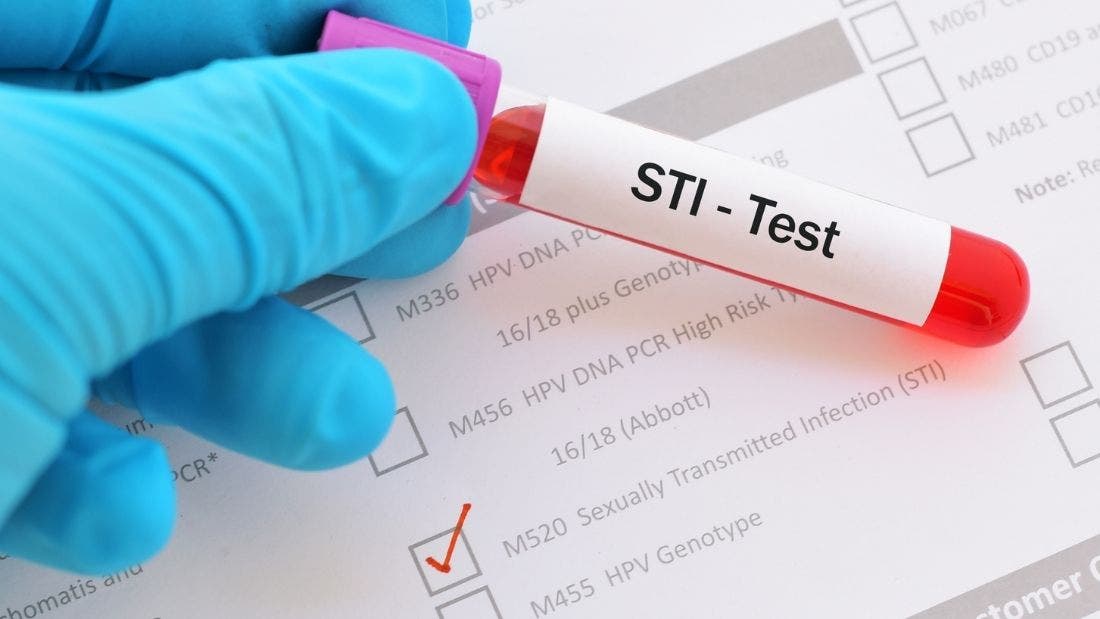7 Penis Symptoms to Get Checked
Penis-owners should have regular check-ups, too!
Vaginas aren’t the only reproductive organ that needs check-ups. Penis owners should get regular checkups as well. The penis is a complex organ comprised of specialized nerves, muscles, vessels, and tissues that can develop a number of disorders and diseases that can cause issues. Here are seven seemingly common health conditions that could be cause for concern. If you experience anything on this list, you should talk to your doctor ASAP.
Unusual Curves
Sometimes erections can have a gentle bend, but if all of a sudden the curve seems more curvy than usual, you may be experiencing something more serious like Peyronie’s disease. Peyronie’s disease affects 1 in 11 men, and it happens when the penis “breaks,” usually during penetration, when a penis-owner accidentally bumps their partner’s pubic bone. Peyronie’s disease can also result from a sports injury. If left untreated, it could lead to pain during sex and more extreme penis curvature. Treatment options depend on the severity of your case but can include enzyme or saline injections or even surgery.
Blood in Urine
Blood in the urine is surprisingly a common issue. In fact, about 13% to 20% of people experience it at one point or another. Blood in the urine can be visible to the naked eye as bright red or brown in color; it may also be microscopic and only detected with urine tests. While it may result from something relatively benign, it can also be a sign of a more significant issue such as kidney stones or an enlarged prostate. Bloody urine can be diagnosed with a physical exam and urine and blood-based tests.
Strange Lumps
Testicular cancer is most common among men between the ages of 20 and 35. A telltale sign is hard, painless masses or lumps on the testicles. If caught early, 99% of cases are curable. However, other symptoms of testicular cancer usually do not appear until after cancer has spread to other parts of the body. And for that reason, it’s recommended that men perform regular self-exam and then contact a doctor if they notice any strange lumps or bumps.
Editor’s Note: Our friends at the Testicular Cancer Society have an app to help you perform a self-exam. You can download their app “Ball Checker” in the Apple and Google Play stores or text “selfexam” to 22999.
Penis Irritation
Penis irritation can include itchiness, redness, swelling, pain, and other symptoms on or around the penis. It can also be a symptom of balanitis, which is inflammation of the foreskin, or head of the penis. This can be caused by poor hygiene and sexually transmitted infections (STIs) like herpes. If you experience penis irritation, contact your doctor so they can perform tests and diagnose the condition.
Penile Discharge
Urethritis is the medical term for discharge from the penis, which can happen when the tube between the bladder and the end of the penis is inflamed. Some penis-owners may experience a burning pain or intense urge to pee, but most people don’t feel any symptoms. The most common cause of urethritis is gonorrhea and non-gonococcal urethritis (HGU). It is most common in younger men, especially men who have sex with other men. If you experience penile discharge, contact your doctor to seek treatment immediately and avoid unprotected sex until you and your partner(s) can both get tested.
Foreskin Problems
Phimosis and paraphimosis are problems with the foreskin of the penis. Phimosis is when the foreskin can’t be pulled down (retracted) from the tip of the penis and is a common problem in younger penis-owners. Paraphimosis is when the foreskin is retracted but can’t move back up. It can prevent normal blood flow in the penis and cause serious problems. Surgery may be needed if severe enough to cause the foreskin to be painfully tight.
Erection Problems
Erection problems occur when you can’t achieve or maintain an erection firm enough to have sexual intercourse. For example, when blood vessels that supply the penis are injured, it may cause erectile dysfunction or priapism—an erection that doesn’t go away on its own, which is a medical emergency. Erection problems for most penis-owners occur occasionally and aren’t a serious issue. According to the Cleveland Clinic, there’s no cause for concern if erection problems occur up to 20 percent of the time. However, if you’re unable to achieve an erection at least 50 percent of the time, you may have a health problem that requires medical attention.
Remember, it is always best to consult a physician if you see any changes to avoid further complications or more serious illnesses in the future. While penis-owners don't have a yearly exam like a PAP for vulva-owners, it is recommended to regularly check yourself through self-exam for any changes to your penis, testicles, and the rest of your body.
For more tips, visit us on social media.






